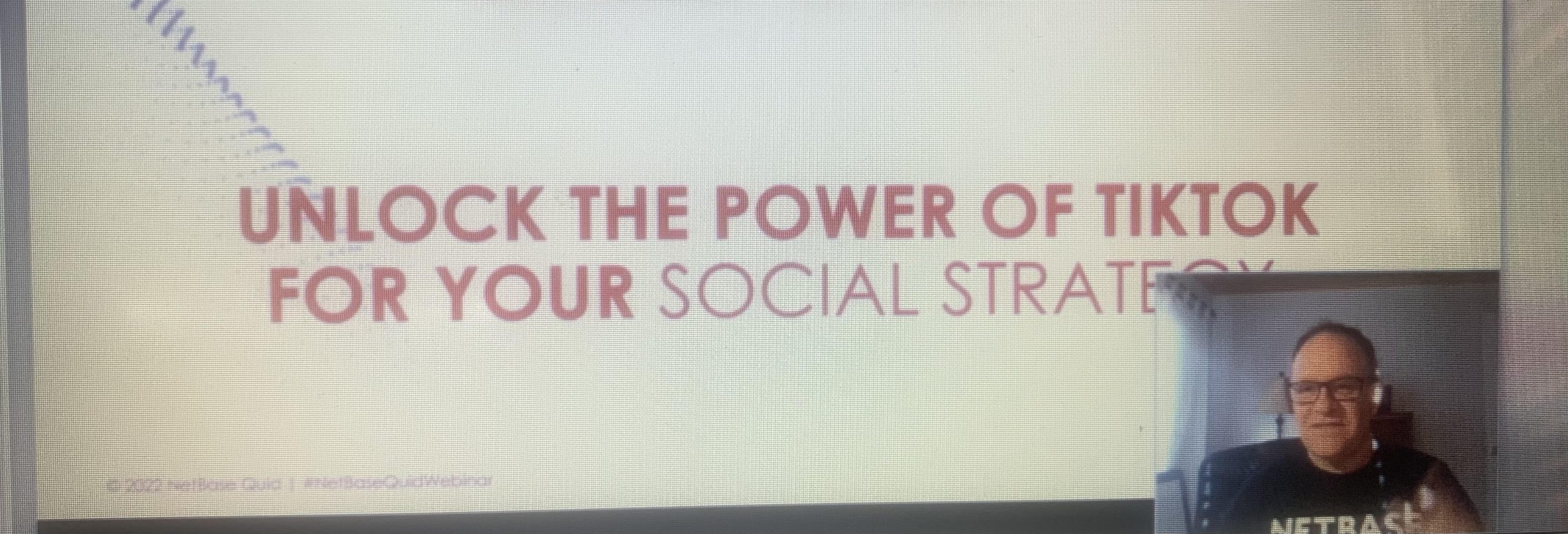In order for a small business to thrive in this day of large corporate organisations, you have to make a memorable impression on your target audience and grow your brand awareness. It takes about 5-7 brand impressions before someone remembers and recognises a brand. Boost your brand awareness with a successful brand awareness strategy.
What is Brand Awareness?
Brand awareness is the degree of which consumers are familiar with the distinctive qualities or image of a brand.
Successful brand awareness happens when you have embedded yourself into people’s lifestyles and habits. Think about the success of Apple. People line up for hours waiting for the release of the newest devices and that is the ultimate customer loyalty. The ultimate goal of your brand awareness is to turn your potential customers into customers who don’t think twice about purchasing from your company time and time again.
Why is brand awareness important?
Build trust with your target audience
Brand trust is key. People rely on research and others reviews and opinions before making a purchase with a new company. Once you’ve established a trusting relationship with your consumers, they are more likely to become repeat customers, turning that trust into loyalty. According to a 2016 survey, 94% of all consumers are more likely to be loyal to a brand when it commits to full transparency.
Creates associations
Brand awareness associates actions with specific products or brands. For example, when someone says they are going to look something up, they often use the term “I’m going to Google that.” Google is technically a search engine, which there are numerous of, but Google is a trusted search engine that generated 63.2% of all core search queries in the United States for the month of July alone.
Builds brand equity
Brand equity refers to a brand’s value, which is determined by the overall perception of a brand and the consumer’s experiences with it as opposed to the product or service itself. Brand awareness is the foundation of brand equity and can be established and maintained by consistently building brand awareness and promoting positive brand experiences.
6 ways to build your brand awareness
- Maintain a consistent brand voice and image
It would be pretty hard to maintain a strong brand awareness with an ever-changing brand image. The more consistent your branding, the easier it will be for your audience to recognise you. Ensure that your brands public identify embodies the best aspects of your company.
Business Example: Coca-Cola
Coca-Cola is arguably the most recognisable brand out there. They haven’t significantly changed their brand (or logo) since their establishment in 1892. That is some successful brand recall right there.
- Make customer service a priority
Have you ever heard stories from a friend who experienced horrible customer service? You probably have. You also probably formed a negative association with that company and have no plans to ever use them.
If you go out of your way to provide your customers with positive experiences and make every effort to fix any problems they may encounter, they will be happy. Happy customers = positive reviews and the likelihood that they would recommend your services or products to a friend. 82% of Americans say they seek recommendations from friends and family when making a purchase.
Business Example: Warby Parker
A senior executive at Warby Parker went above and beyond for one customer he encountered. A customer left a pair of glasses on a train, where he just so happened to be sitting across from Anjali Kumar, the GC of Warby Parker. Anjali noticed the glasses after the man got off the train and not only returned them to the owner but made a fresh pair to replace the scratched lenses! Now, this may be an exceptional circumstance, but in general, Warby Parker caters to their customer’s needs in fun and exciting ways. They offer their website users a quiz they can take to narrow down the glasses types and choose the frame and style that is right for them. Once they have narrowed down the choices to 5 options, they can try them on, for free, at home.
- Get social
Boost your social engagement by boosting your presence on social media. The key here is to do more than just have a company page on each platform. Use your pages to engage with your audience on a more personal and fun level. Consider paid social media ad campaigns or hosting contests through your social media.
Advertise
Advertising on social media may not be a new strategy, but it is a cost-effective option that is growing in popularity. When building your advertisement for your social media channels, you can create detailed profiles enabling you to target very specific audiences, down to age ranges, location, interests and more.
Business Example: Peel
If you’re not familiar with the brand Peel, they are in the cell phone case industry. They use Facebook Video ads to reach their audience and tell them what makes them different from every other cell phone case brand. These social media campaigns have resulted in a 16x increase in revenue.
Contests
Try running contests to expose your brand to a wider audience on social media. There are many ways to go about this, but one of the most popular is having your followers share your posts, which would result in exposure to their audiences. You could also have your followers tag their friend’s in the comments of your posts to increase exposure as well.
Business Example: Thread Wallets
Thread Wallets continuously hosts successful giveaways via social media. They post attractive images of their products and encourage users to tag friends or tell them about certain experiences in the comments. Then, they choose a winner at random and announce it at an established time. There is a reason they have over 109,000 followers on Instagram.
- Partner with other brands
Forging partnerships with similar or complementary brands is an effective way to both build your business and create more brand awareness. This tactic can expose your business to a new audience as well as strengthen your brand’s equity with your existing audience.
Business Example: Spotify and Starbucks
With this partnership, Starbucks employees receive Spotify Premium subscriptions allowing them to curate Spotify playlists based off of 20 years of Starbucks’ music picks. Spotify users will be able to receive Starbucks stars for the My Starbucks Rewards system.
- Establish referral programs
If you offer your users an added perk for referring their friends, they will be much more likely to do so! They will encourage their friends and family to check out the brand and sign up for the service in order to reap the benefits of their referral.
Business Example: Dropbox
Dropbox started offering their existing users up to 16GB of free extra storage space when they refer friends.
- Implement offline marketing campaigns
We may be in the digital age, but that doesn’t mean snail mail is dead. Consider offline marketing strategies such as direct mail campaigns or branded handouts to help increase brand awareness. This works especially well for small businesses based in specific locations. Consider using a branded link on your print materials, such as posters or brochures, to help track the success of your offline marketing strategies.
A branded link is a short link built around a brand name that helps associate the company with the links, content, and information shared. They have numerous benefits such as helping with SEO and signaling that the content you share is of high quality, helping establish trust for your brand. You can use your branded links to measure referral traffic from specific marketing campaigns.
Business Example: Pepsi
Pepsi uses the short branded link of pep.si. If that’s not instantly recognisable, then I don’t know what is.
How to measure brand awareness
You’ll want to measure your brand awareness to determine whether your brand awareness marketing is working, how well it’s working, and what may need to be adjusted if it is not working.
Monitor website analytics
There are many services you can use to monitor your website traffic, such as Google Analytics or Momently. To specifically track the performance of brand awareness campaigns, you’ll want to focus on the direct channel (in Google Analytics.) This tracks the number of people that typed your URL into the address bar, used a bookmarked link of your website, or clicked a link in an untracked email or offline document. In other words, direct traffic is people who intentionally went to your website as opposed to stumbling upon it by chance. Over time, these statistics can give you an indication of changes in brand awareness.
You can also monitor the volume of traffic specific pages of your website are generating and how they are performing in terms of likes, shares, external links and comments.
Conduct surveys
Go straight to the source and ask your customers how they heard of you or ask a random selection of people if they are familiar with your brand. You will gain insight into how you reach your audience most successfully and how many people are able to easily recall your brand
Track your presence on social media
Track specific metrics on social media, such as the volume of mentions and the reach. How many times your brand is mentioned will tell you how many conversations involve your brand, and within that the potential number of people those mentions will be seen by. Mention is a great tool for tracking your brand awareness campaigns all over the web.
Source: Printi.com







Comment
No comments found.